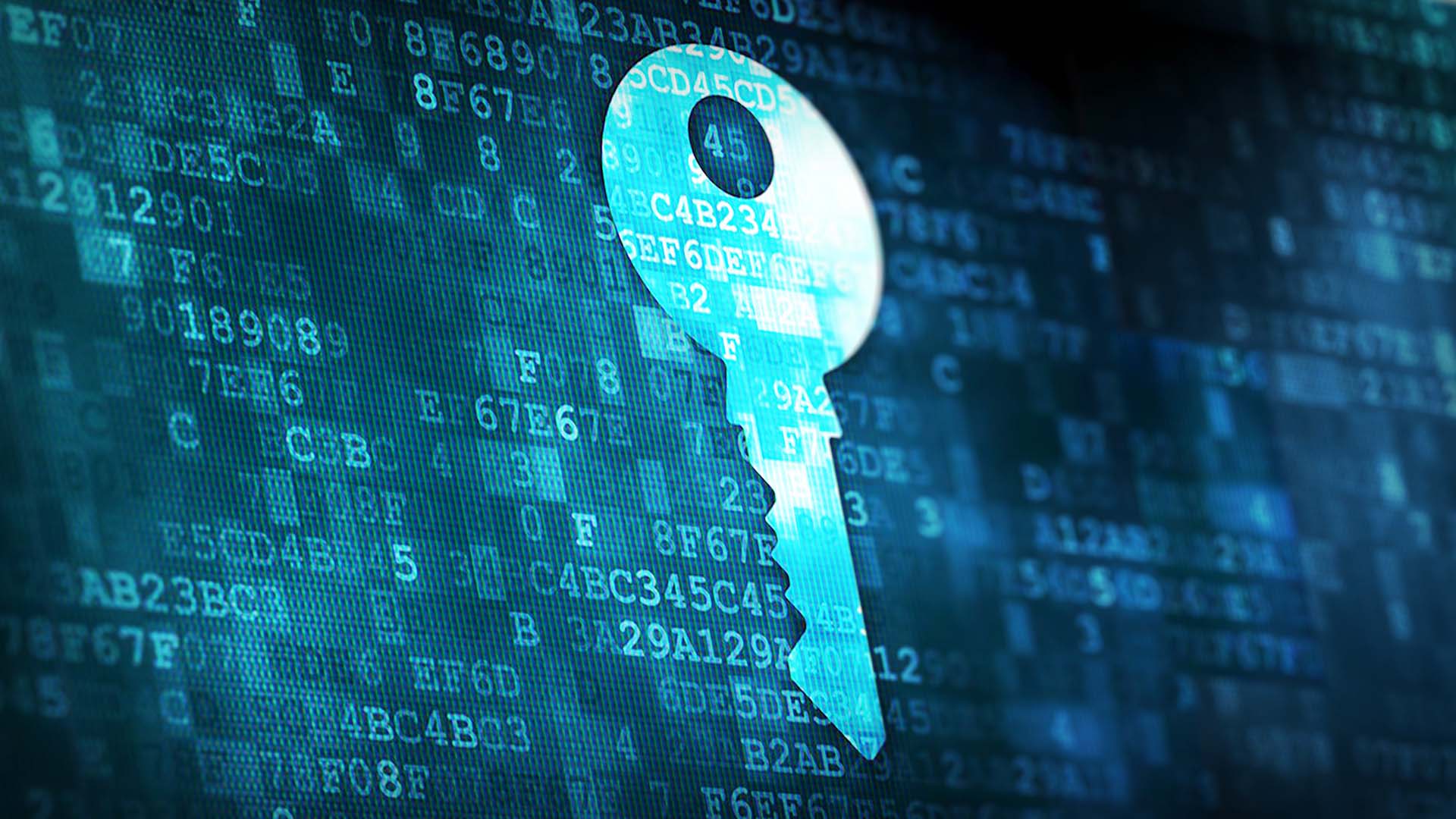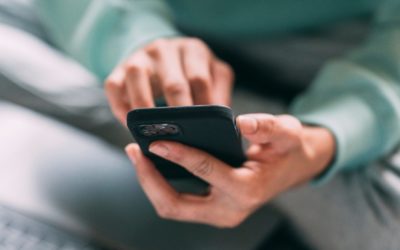Digital signatures are binary data that humans cannot directly read and interpret. You need programs for this.
Any program that can be used to sign can also verify the signature. However, modern signature systems are largely standardized (either according to the X.509v3 standard or according to the PGP standard). This means that the recipient of a signed file does not necessarily need the same program that was used to sign it.
Which test program can be used depends both on the signature method used and on the signed file type.
For the most common combination, the advanced signature procedure A-CERT ADVANCED and the document type “.pdf”, the free Adobe Reader program from version 6.0 is sufficient for checking
You might be interested in that
What are the costs of not going paperless?
While digitization reached almost every aspect of daily work, the necessity for handwritten signatures in B2B environments preserves printing paper its crucial role – and incurs costs. However, by implementing e-signatures, businesses can reduce expenses, streamline processes, and contribute to a more sustainable...
QES & Competition Law – European Commission to require electronic signatures from 1st September, 2023
To further simplify merger control procedures and in line with its overall digital strategy, the European Commission has published a number of revised legal texts, including one that will make electronic transmission of electronically signed documents the default method from 1 September 2023. Read on to find out...
Sign and encrypt emails using an Apple iPhone
User guide for signing and encrypting emails with the GLOBALTRUST CLIENT certificate on your Apple iPhoneAs of May 10, 2023 1 Basic 1.1 Goals of this document A step-by-step guide on how to add the certificate to your iPhone to then sign and/or encrypt emails. This guide was created for an Apple iPhone (iOS version:...




